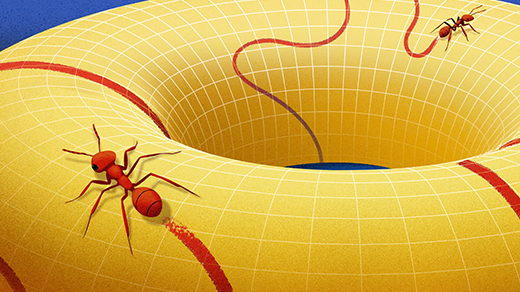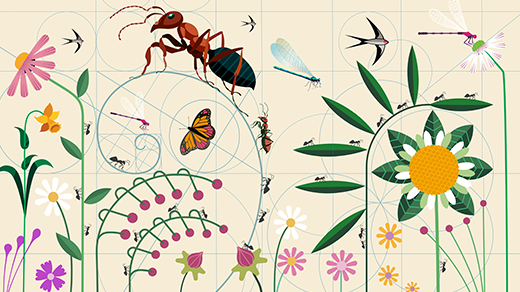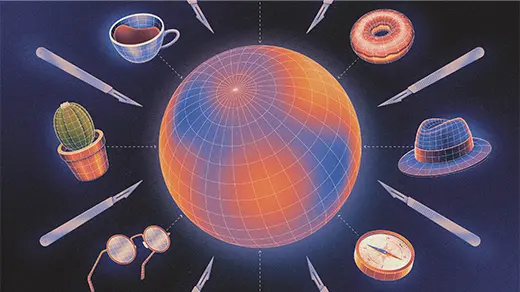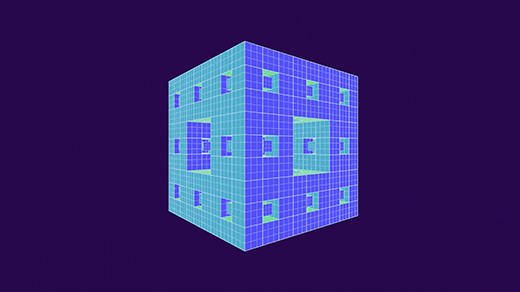What's up in
Topology
Latest Articles
What Is a Manifold?
In the mid-19th century, Bernhard Riemann conceived of a new way to think about mathematical spaces, providing the foundation for modern geometry and physics.
A Simple Way To Measure Knots Has Come Unraveled
Two mathematicians have proved that a straightforward question — how hard is it to untie a knot? — has a complicated answer.
Does Form Really Shape Function?
From brain folds to insect architecture, L. Mahadevan explains how complex biological forms and behaviors emerge through the interplay of physical forces, environment and embodiment.
First Map Made of a Solid’s Secret Quantum Geometry
Physicists recently mapped the hidden shape that underlies the quantum behaviors of a crystal, using a new method that’s expected to become ubiquitous.
Dimension 126 Contains Strangely Twisted Shapes, Mathematicians Prove
A new proof represents the culmination of a 65-year-old story about anomalous shapes in special dimensions.
A New Proof Smooths Out the Math of Melting
A powerful mathematical technique is used to model melting ice and other phenomena. But it has long been imperiled by certain “nightmare scenarios.” A new proof has removed that obstacle.
Cosmologists Try a New Way to Measure the Shape of the Universe
Is the universe flat and infinite, or something more complex? We can’t say for sure, but a new search strategy is mapping out the subtle signals that could reveal if the universe has a shape.
The Year in Math
Landmark results in geometry and number theory marked an exciting year for mathematics, at a time when advances in artificial intelligence are starting to transform the subject’s future.
Teen Mathematicians Tie Knots Through a Mind-Blowing Fractal
Three high schoolers and their mentor revisited a century-old theorem to prove that all knots can be found in a fractal called the Menger sponge.








